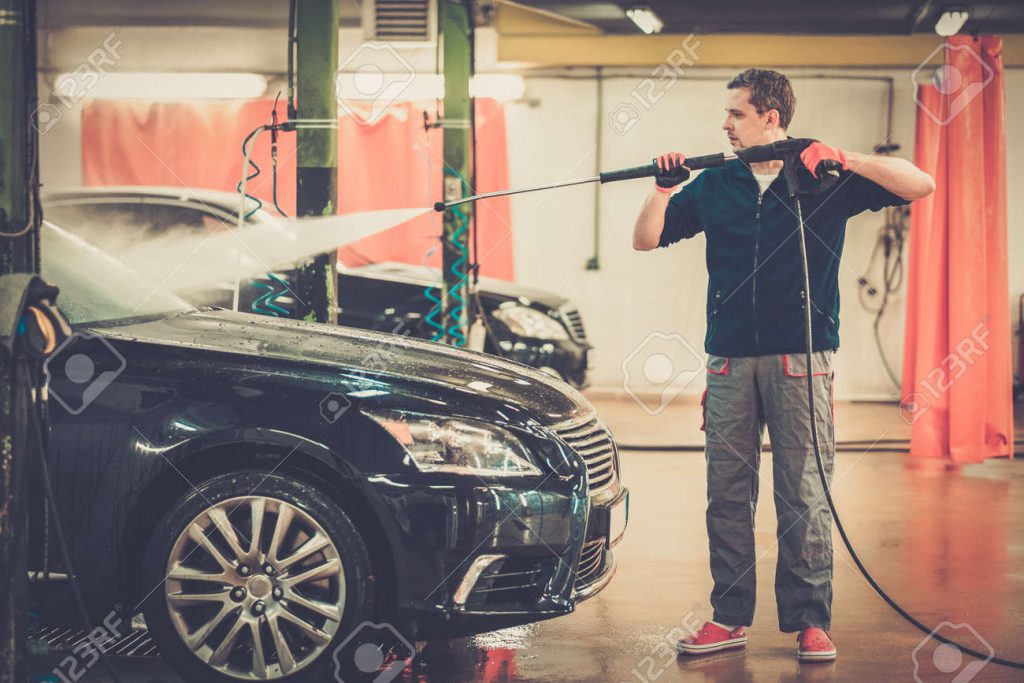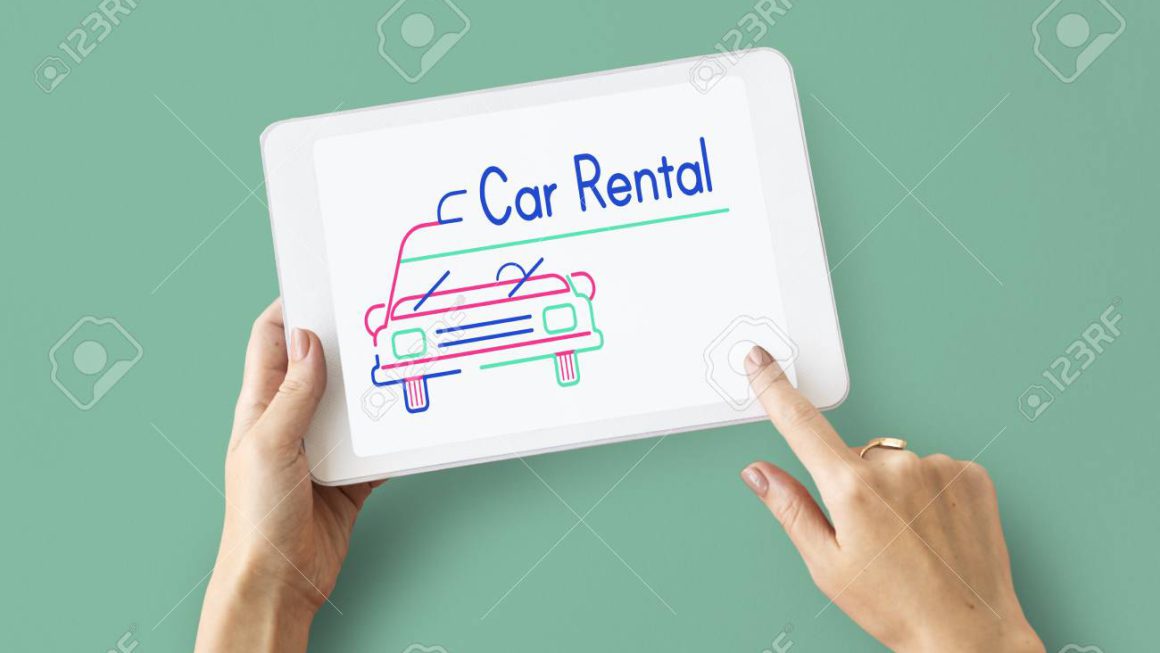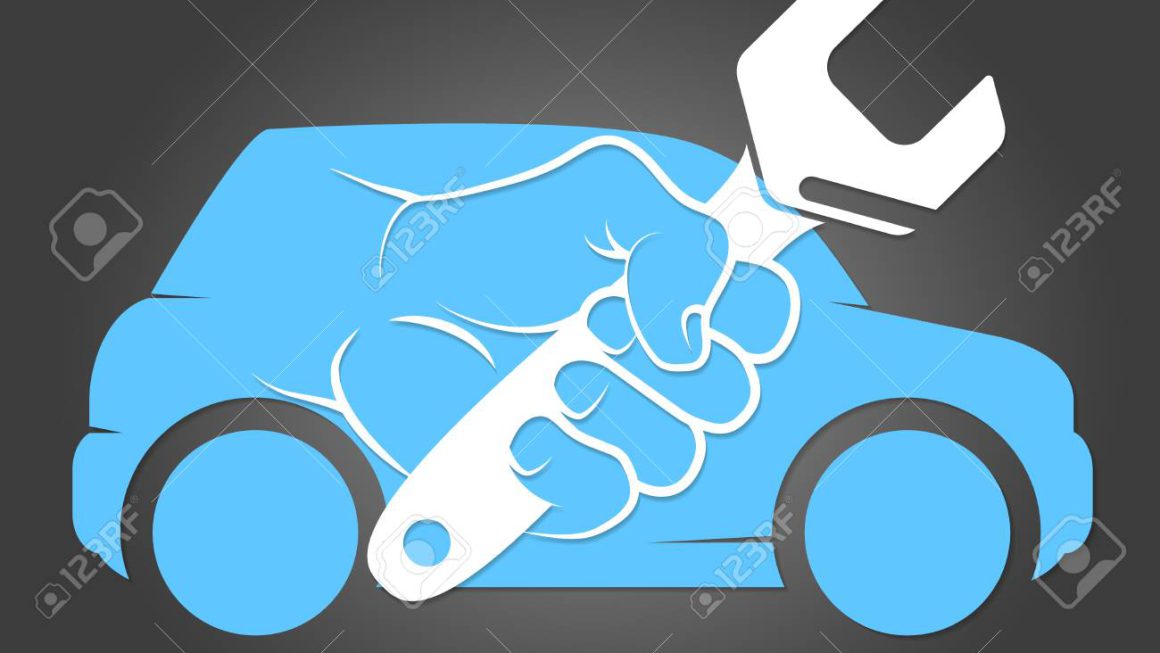Car maintenance is an important part of owning a car. DIY car maintenance can help you save money and time, while also giving you a sense of accomplishment. There are many simple car maintenance tasks that you can do yourself, such as changing the oil, checking the tire pressure, and cleaning and waxing your car. With the right knowledge and tools, you can save yourself time and money by taking care of some of these tasks without having to take your car to the shop.
Advantages of DIY Car Maintenance
Do-it-yourself (DIY) car maintenance can be a great way to save time and money. Not only can you save money on repairs and maintenance, but you can also keep your car running better for longer. Here are some of the advantages of DIY car maintenance:
1. Cost Savings: DIY car maintenance can save you a lot of money. By doing the work yourself, you can avoid expensive labor costs and the cost of parts. You can also shop around for the best prices on parts.
2. Expertise: With DIY car maintenance, you can learn more about how your car works and become more knowledgeable about what needs to be done to keep it running properly.
3. Convenience: DIY car maintenance can be done at your own pace and when it’s convenient for you. You don’t have to wait for a mechanic to be available or schedule an appointment.
4. Quality: When you do the work yourself, you can ensure that the job is done correctly and with quality parts.
DIY car maintenance can be a great way to save money and learn more about your car. It also gives you the flexibility to do the work when it’s convenient for you. With the right tools and a bit of know-how, you can keep your car running in top condition for years to come.
Essential Car Maintenance Tasks That Can Be Easily Performed
Taking care of your car is essential for ensuring its safety and longevity, but it doesn’t have to be an intimidating or expensive task. There are some essential car maintenance tasks that can easily be done at home with minimal effort and cost.
One of the simplest and most important maintenance tasks is regular oil changes. Oil lubricates your engine and helps keep it running smoothly. It is important to check your oil levels regularly and have it changed every 3,000 miles or three months, whichever comes first.
Another important task is regularly checking and changing car filters. The air filter helps keep your engine clean and can become clogged over time. Similarly, the fuel filter helps keep fuel and contaminants out of the fuel system. Both should be checked and replaced every 12,000 miles or 12 months, whichever comes first.
It is also important to keep your car’s tires properly inflated and balanced. This helps ensure a smooth ride and prevent uneven tire wear. Additionally, it is important to check the brakes regularly and make sure they are in good working order.
Finally, it is important to check the belts and hoses under the hood of your car. Belts should be replaced every three years, and hoses should be checked for any signs of wear or damage.
By following these simple steps, you can make sure your car runs safely and efficiently. Regular car maintenance is a great way to save money in the long run and ensure your car’s longevity.
Tips for DIY Car Maintenance

Maintaining your car is an important part of keeping it running well and saving you money in the long run. With a little knowledge and some basic tools, you can do a lot of car maintenance yourself. Here are some tips for DIY car maintenance:
1. Check your engine oil regularly – Engine oil is the lifeblood of your car, and it needs to be changed regularly to keep your engine running smoothly. Check your oil levels at least once a month and change the oil every 3,000 miles or as recommended by your car’s manufacturer.
2. Check your tire pressure regularly – Low tire pressure can lead to uneven tire wear and decreased fuel efficiency. Check your tire pressure at least once a month and keep them inflated to the recommended pressure as indicated on the sidewall of the tire.
3. Clean and inspect your brake pads – Brakes are an important safety feature and should be checked regularly. Clean and inspect your brake pads for signs of wear and tear. If the pads are worn, have them replaced.
4. Check your spark plugs – Spark plugs are responsible for igniting the air and fuel mixture in your engine. Check your spark plugs regularly and replace them if they are worn out or damaged.
5. Replace your air filter – A clogged air filter can reduce engine performance and fuel efficiency. Replace your air filter every 12,000 miles or as recommended by your car’s manufacturer.
These are just a few tips for DIY car maintenance. Following these tips can help you keep your car running smoothly and save you money in the long run.
In conclusion, DIY car maintenance is an easy and cost effective way to keep your car in top shape. By learning some simple tasks and following a few simple rules, you can save yourself time and money by taking care of minor repairs and regular maintenance yourself. Not only can this save you money, it can also be a great way to learn more about your car and how it works. With a little bit of knowledge and the right tools, you can make sure your car stays in great shape and continues to provide reliable transportation.













